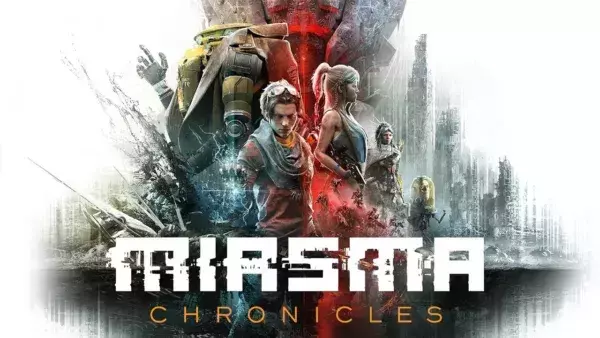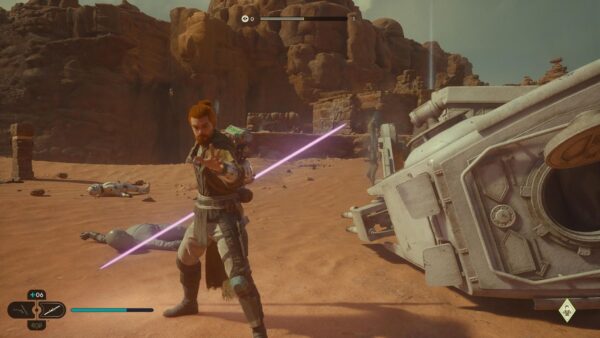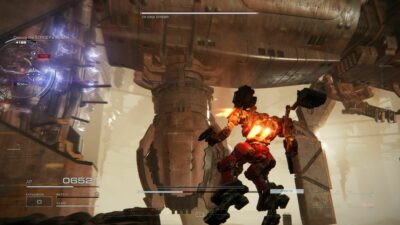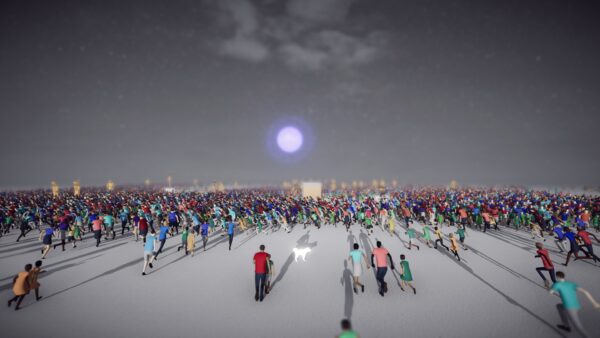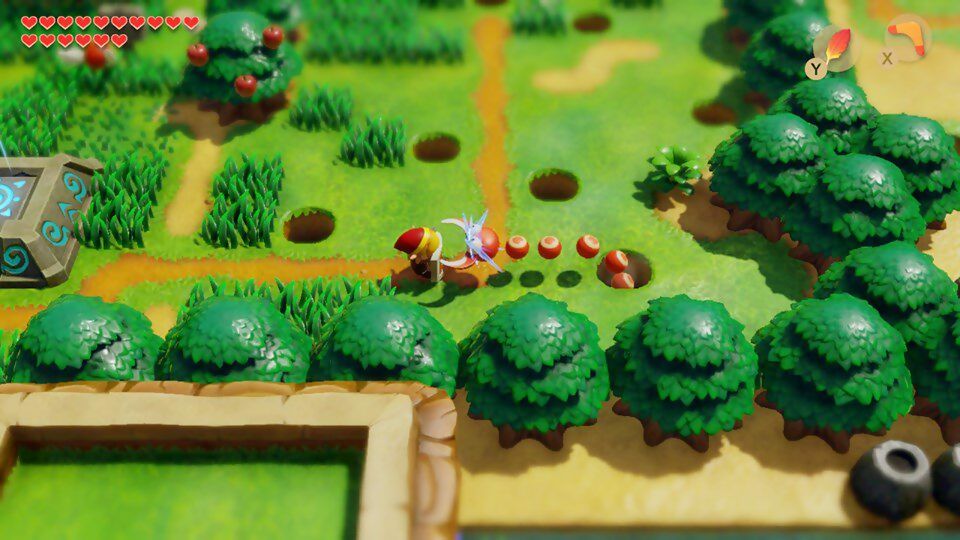
A remake that’s not just another link to the past? Here’s our review of the evergreen The Legend of Zelda: Link’s Awakening…
Zelda has always had a strangeness to it. For all its epic qualities, it’s not fantasy adventure so much as fairy tale, steeped in folklore about haunted forests and secret grottoes, backed by enchanted melodies, and populated by eccentric NPCs.
Yet even within this heritage, Link’s Awakening stands out as an oddity, both in its original 1993 form and in this remake – uncannily familiar but somehow not part of the same reality.
For one, this is a Zelda game without a Zelda, as Link is transferred to a little island called Koholint where nobody’s even heard of Hyrule. Here, faces from other Nintendo games bleed into the universe and characters explain tutorial points before admitting they have no idea what they mean.
It’s an enclosed world surrounded by endless seas that’s nevertheless infused by echoes of other places.
The sense of falseness is accentuated by the visual style – this remake’s most obvious modification. Smooth textures turn the whole island into a plastic toy set, full of scenery and action figures that are there purely to be played with, while an out-of-focus blurring smudges the edges of your view, as if it only comes into being with Link’s presence. It’s at once glossy and makeshift, solid, and ephemeral.
Underneath the sharp colours, much less has changed from the old Game Boy game. Layouts, puzzles, and enemies are near-identical, albeit boosted by greater clarity and fluidity.
There are modern tweaks to improve the experience, not least spreading control across six buttons rather than two, as well as minor expansions, with more heart pieces and shells to find and some bolstered minigames. But mostly this is Link’s Awakening as it was 26 years ago.
And mostly, that’s no bad thing, as there’s plenty here that’s still surprisingly fresh. Given its handheld beginnings, this is a necessarily simple and compact Zelda, but for those forged by today’s indie sensibilities that’s largely a positive.
Control is tidy and intuitive, especially the basic rhythm of block and riposte with sword and shield. Playful twists, such as occasional shifts of perspective or introduction of companions, resemble the kind of genre riffing we’re used to these days. And with the restricted map space, there’s no padding.
Indeed, with less space to play with, Link’s Awakening makes the most of Zelda’s signature layered design. The top-down view, more than any side-scrolling Metroidvania, enables a landscape that constantly reveals new modes of traversal, shortcuts, and points of interest in the same spaces.
Areas evolve over time with a transparent logic, turning tight, winding mazes into open fields, and stacking vertically with hills, rivers, and hidden caves. The pacing is immaculate too, with completion of each early dungeon significantly expanding your routes through the overground.
As for the dungeons, they’re confined to small grids of square rooms, with a map and hints that help you plot the overall composition. Locked doors and one-way systems create intricacy, and a few have multiple connecting floors.
As ever, dead ends signpost the need for new equipment to advance, forcing you to work through puzzles and monsters until you find that next key item and use it to reach the boss.
It’s a timeless formula, but here the game’s frugality is less of a blessing. Making a small number of rooms feel substantial means lots of circling around, revisiting the same chambers from different angles, or triggering switches before heading back to see what’s changed.
It’s particularly tiring on the few occasions that puzzles are too obtuse, or hints cause more confusion than clarity, as you wander about fending off respawning enemies.
Not that you’ll be stuck very often, as it’s mostly easy to advance through Link’s Awakening, perhaps even more so than before. With a few extra hearts under your belt, damage from monsters and traps becomes almost negligible, and top-ups are common, so you can simply barge through some obstacles, rather than navigate them properly.
Most bosses are also quaintly basic in their attack patterns, and surrender quickly once you’ve located their weak spots. It all makes for a pleasant loop of chilled, continual progress, but equally an opportunity missed not to have injected some extra imagination.
But the brilliance of Link’s Awakening was always in how it framed its pared-down structure. Narratively, it dwells on a paradox, and mocks the tropes of the series itself, highlighting how the cycle of dungeons and upgrades never really makes sense.
Maybe this is Link’s fantasy of a tropical island paradise. Or, given how the non-Zelda world invades Koholint, it’s the player’s fantasy, a place whose only purpose is to strip Link of his powers so he can unlock them all again, repeating the heroic quest line for its own sake (which, with a double irony, this remake sees you do yet again).
This mild meta-fiction was ahead of its time in 1993. Now, among games such as Undertale, it fits perfectly in place. And it’s this, along with the relaxed simplicity and aesthetic overhaul, that turns Link’s Awakening into the ideal counterpart to Breath of the Wild’s majesty: quirky, diminutive, yet curiously contemporary.
Highlight
As ever, nothing beats emerging fresh from a completed dungeon with a new ability to test on the world. The most unusual here – the Roc’s Feather – is the first you receive because it enables Link to jump. Beyond the primary function of leaping small gaps, it allows the game to experiment with light platforming sections and adds another dimension to combat.
Verdict: 80%
A shiny reimagining that’s mostly vindicated in staying faithful to its source.
Genre: Action RPG
Format: Switch
Developer: Grezzo
Publisher: Nintendo
Price: £49.99
Release: Out now


